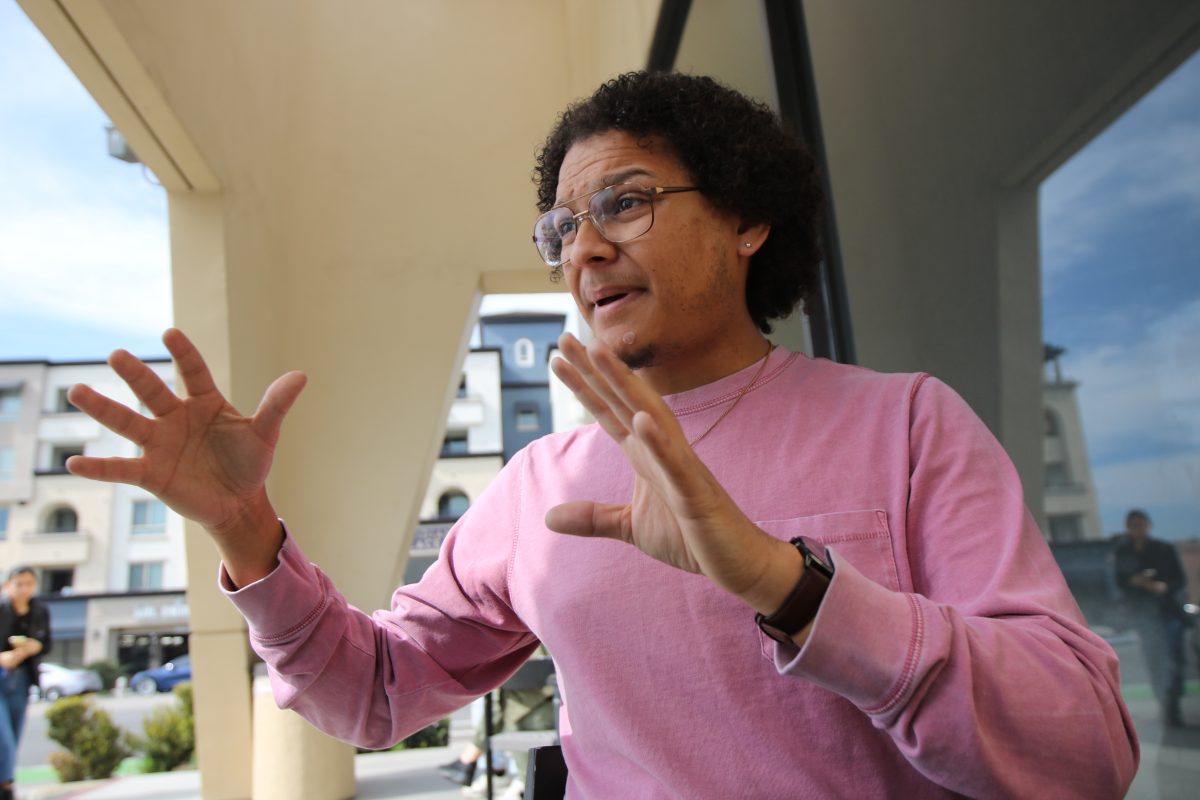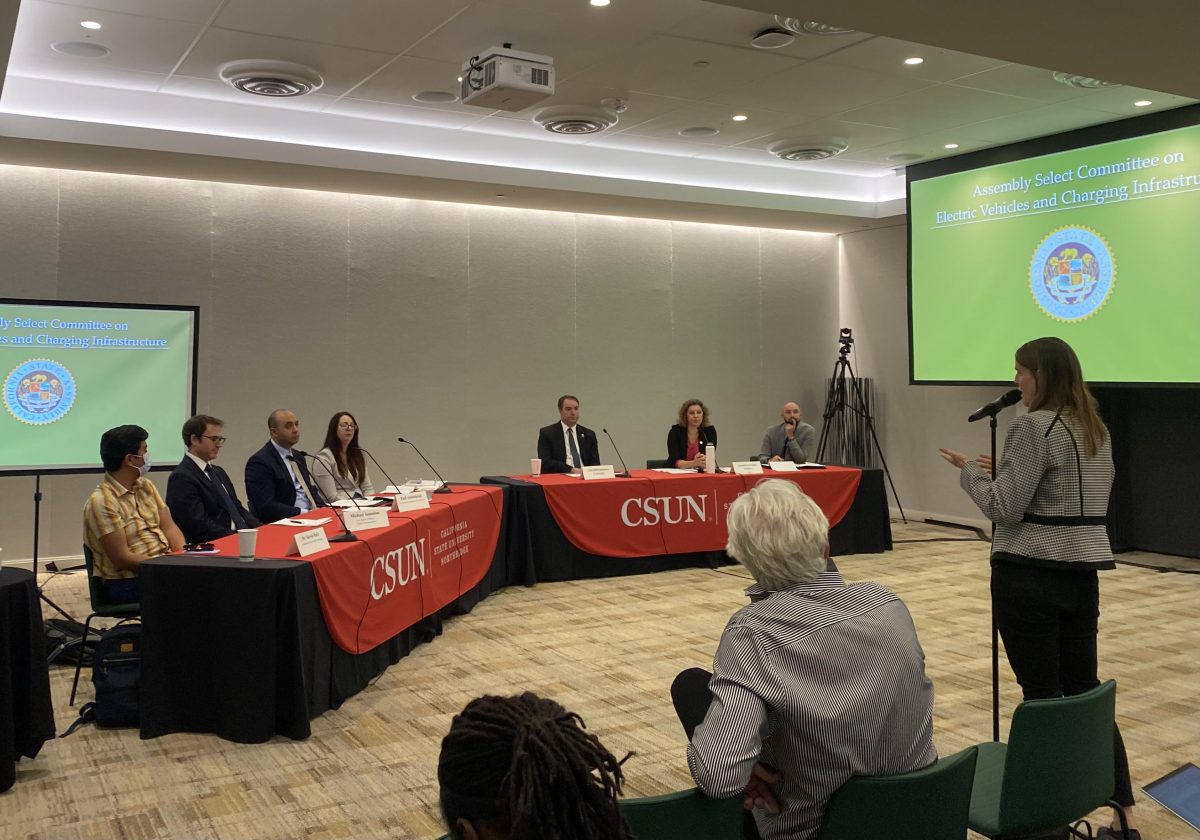Dr. Edwin Ellis, Professor Emeritus at the University of Alabama, presented his research on new and improved graphic organizer tools that have been used at levels from kindergarten through high school on Friday at the USU.
Unlike the Venn diagrams and web organizers that students know by heart, his DVTs, or Differentiated Visual Tools, can be adapted to address various subjects while leading the user through critical thinking strategies.
“The idea is to make it easier, not harder, to process the information,” Ellis said. “The graphic’s visual design makes a huge difference, especially when you’re working with struggling learners.”
By providing more structure and prompts, the new visual tools are designed on a scaffold theme, so that they grow more complex as the student progresses through classes or throughout years.
“The power of generic graphic organizers drops dramatically as grade levels increase,” Ellis said. “As the grade level increases, the nature of content learning changes. It becomes increasingly more discipline-specific.”
Ellis’s research has also shown that the DVT’s are equally effective across learning levels. While many teaching tools do not work as effectively with Learning Disabled students as they do with the average learner, the various grids have shown increases from those with disabilities to high-achieving learners.
“Learning is way more complicated than a learning modality,” Ellis said. “It’s way more complicated than being a visual learner or an auditory learning. What it’s really all about is how to reduce cognitive load, because graphic organizers have a significant impact on cognitive load.”
Cognitive load was and important theme in the presentation. He explained it as the amount of information that is necessary to process while learning something new. His course was designed with the intent of “reducing cognitive load without dumbing down the curriculum,” he said.
The Dean of the Michael D. Eisner College of Education, Michael Spagna introduced Ellis, saying that a lot of the research has focused on the problem, but that the permanent solution was to support the students and faculty.
“There’s a lot of admiring of the problem but we don’t need to admire the problem,” Spagna said. “No matter how many bells and whistles we have, it starts and ends with investing in teachers.”
Erica Bestwick, a Liberal Studies major working toward a teaching credential to teach Learning Disabled students, said she could see many applications for the new graphic organizers but also weaknesses in it.
“I see a problem as far as having so many different organizers, because the science organizers are different from the history ones and it would take time to reintroduce each organizer, but I do like how each one is content specific and it addresses the common core content standards,” she said.
However, her experience with students, especially those with disabilities, gave her an insight into the way the tools could be staggered for more effectiveness.
“The teacher is trying to organize the information visually,” she said. “I can see how this one has the structures, it has the questions. I can see how you can use the same graphic organizer for students at all the different levels.”
Even for students who are typical or high-achieving learners, the DVTs would address different types of literacy, such as social literacy, language literacy or behavioral literacy.
“Some students are super literate in social conversation but then you put them in the classroom and you’re talking about science, per say and they’re silent,” Bestwick said. “They don’t have that vocabulary and they’re not super literate in that.”
Lavenia Howard, a teacher in the Los Angeles Unified School District and a Fellow for the Next Generation Science Standards and Common Core Math, said she had also experienced situations where the organizers would benefit students.
“The graphic organizers help the teacher diffuse the standard,” she said. “I was trending towards this with my last assessment with giving students options of graphic organizers. They were so keen on ‘I have to use this one or that one’ and I said ‘no you don’t.’ You have to use what is comfortable for you.”











